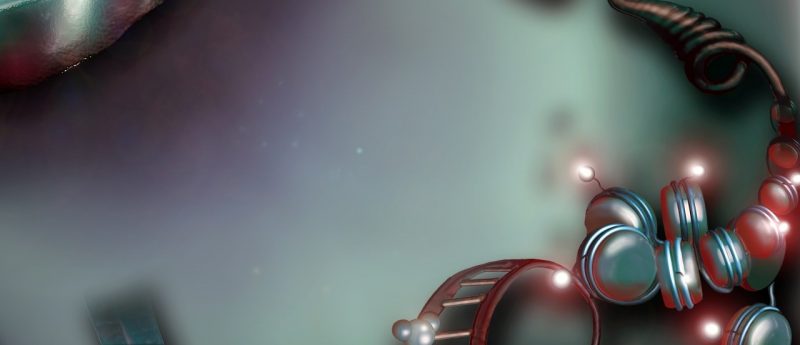3D human tissue culture: modeling environmental effects on the stem cell epigenome

Epigenomics Commentary on the succeptibility of stem cells’ epigenomes to be altered by the culture environment, by Justin A Colacino from University of Michigan School of Public Health (Ann Arbor, MI, USA).
There is a pressing need to develop new experimental methods to characterize the mechanisms by which environmental exposures influence stem cell epigenetic reprogramming. Human primary 3D tissue cultures, including spheroids, primary tissue-derived organoids and iPSC-derived organoids, can help identify the links between environmental exposures, stem cell epigenomic reprogramming and later-life functional outcomes in humans.
This commentary discusses the above, and how these in vitro models combined with emerging single-cell epigenomic and transcriptomic analytic methods will help understand the epigenomic landscape of stem cells and adult tissue, and therefore health and disease in humans.
Colacino JA. 3D human tissue culture: modeling environmental effects on the stem cell epigenome. Epigenomics 8(11), 1453—1457 (2016).
Author for correspondence: [email protected]